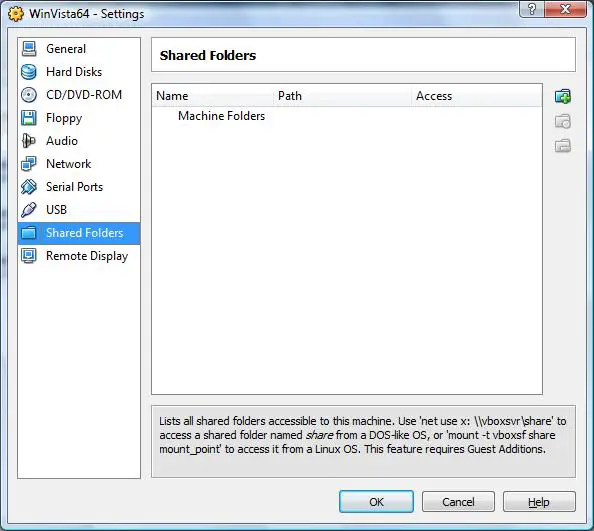Docker For Mac Volume Mount Permission Denied 2018
Use volumes Estimated reading time: 15 minutes Volumes are the preferred mechanism for persisting data generated by and used by Docker containers. While are dependent on the directory structure of the host machine, volumes are completely managed by Docker. Volumes have several advantages over bind mounts: • Volumes are easier to back up or migrate than bind mounts. • You can manage volumes using Docker CLI commands or the Docker API. • Volumes work on both Linux and Windows containers.
Which leads me to ask, is there a discount for buying both a Mac version and a PC version? Well done to all the people involved with this software. I am a Mac user by heart so I hope the program is as good on the Mac OS as it is in Windows. I only hope that 3D playback is implemented soon. Blu ray player for mac 2016 christmas.
• Volumes can be more safely shared among multiple containers. • Volume drivers let you store volumes on remote hosts or cloud providers, to encrypt the contents of volumes, or to add other functionality. • New volumes can have their content pre-populated by a container.
In addition, volumes are often a better choice than persisting data in a container’s writable layer, because a volume does not increase the size of the containers using it, and the volume’s contents exist outside the lifecycle of a given container. If your container generates non-persistent state data, consider using a to avoid storing the data anywhere permanently, and to increase the container’s performance by avoiding writing into the container’s writable layer.
Volumes use rprivate bind propagation, and bind propagation is not configurable for volumes. Choose the -v or --mount flag Originally, the -v or --volume flag was used for standalone containers and the --mount flag was used for swarm services. However, starting with Docker 17.06, you can also use --mount with standalone containers.
Nfs Mount Permission Denied

Linux Mount Permission Denied
In general, --mount is more explicit and verbose. The biggest difference is that the -v syntax combines all the options together in one field, while the --mount syntax separates them. Here is a comparison of the syntax for each flag. Mac first aid unable to unmount volume for repair. New users should try --mount syntax which is simpler than --volume syntax. If you need to specify volume driver options, you must use --mount. • -v or --volume: Consists of three fields, separated by colon characters (:). The fields must be in the correct order, and the meaning of each field is not immediately obvious.
Synology Nfs Mount Permission Denied
• In the case of named volumes, the first field is the name of the volume, and is unique on a given host machine. For anonymous volumes, the first field is omitted. Chat program for mac. • The second field is the path where the file or directory are mounted in the container. • The third field is optional, and is a comma-separated list of options, such as ro. These options are discussed below.
Docker for Windows (on Hyper-V): Fix the Host Volume Sharing issue Published by Peter-John Lightfoot on September 20, 2016 I just had the most painful experience trying to get this to work, so I thought I’d share what I’ve learned to hopefully spare someone else from similar torture. To allow a docker container to access a volume on a SELinux-enabled host you need to attach the “z” or “Z” flag to the volume mount. These flags are thoroughly described in the docker-run manual page.